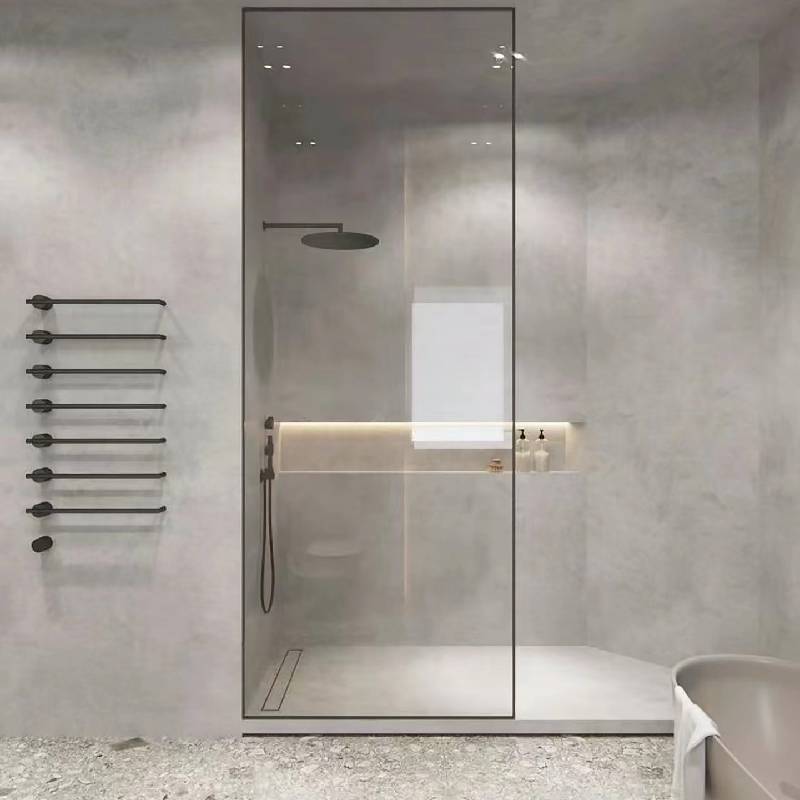

Understanding Tempered Glass Benefits and Manufacturing Process
Tempered glass, also known as toughened glass, is a type of safety glass that has been treated by controlled thermal processes to increase its strength compared to normal glass. The manufacturing process used to create tempered glass involves heating it to over 600 degrees Celsius and then rapidly cooling it, a procedure that alters the surface structure of the glass. This article will explore the advantages of tempered glass, the manufacturing process, and its applications in various industries.
Advantages of Tempered Glass
One of the principal benefits of tempered glass is its durability. The thermal treatment gives it five to six times the strength of regular glass, making it less likely to break under impact or thermal stress. As a result, it is commonly used in environments where safety and security are paramount.
In the event that tempered glass does break, it shatters into small, blunt pieces rather than sharp shards. This characteristic greatly reduces the risk of injury, making tempered glass an ideal choice for buildings, vehicles, and appliances where human interaction is probable.
Moreover, tempered glass has excellent resistance to temperature changes, which makes it ideal for places exposed to high heat and thermal differentials, such as shower doors and glass facades of buildings. Its ability to withstand thermal shock ensures that even in fluctuating temperatures, it maintains its integrity and functionality.
Manufacturing Process of Tempered Glass
The production of tempered glass involves several key steps that ensure its strength and safety. First, the glass is cut to the desired size and shape. The edges of the glass are then ground and polished to remove any imperfections, which could lead to weaknesses during the tempering process.

Once prepared, the glass is placed in a furnace where it is heated to a temperature of approximately 620 to 700 degrees Celsius. This heating process is crucial as it rearranges the internal structure of the glass. After sufficient time in the furnace, the glass is taken out and subjected to rapid cooling, also known as quenching. Air jets are used to cool the surface of the glass quickly while the interior remains hot for a brief period. This creates compressive stresses on the surface and tensile stresses within the core, resulting in a durable product.
Finally, the tempered glass is inspected for quality and safety before it is ready for installation. Regular checks for flaws and adherence to safety standards are essential to ensure that the end product is reliable and effective.
Applications of Tempered Glass
Tempered glass finds its applications in numerous sectors, owing to its robust nature and safety features. In the architectural field, it is widely used for large glass windows, facades, and doors in commercial buildings. Its resistance to thermal expansion makes it suitable for locations with extreme weather conditions.
In the automotive industry, tempered glass is employed in vehicle side and rear windows, where safety is crucial. The risk of injury from shattered glass in accidents indicates the necessity of using tempered options.
Other applications include glass table tops, shower doors, and glass railings, where not only safety but also aesthetics play an important role. Additionally, the use of tempered glass in electronic devices is becoming increasingly popular as manufacturers seek strength and safety in their products.
Conclusion
In conclusion, the properties and advantages of tempered glass make it an essential material in various fields. Its strength, safety characteristics, and adaptability to different environments testify to its value in modern construction and manufacturing. Understanding the manufacturing process and applications of tempered glass can provide insight into why it continues to be favored in designing safe and stylish environments. As technology advances, we can expect to see even more innovative uses for this remarkable material.